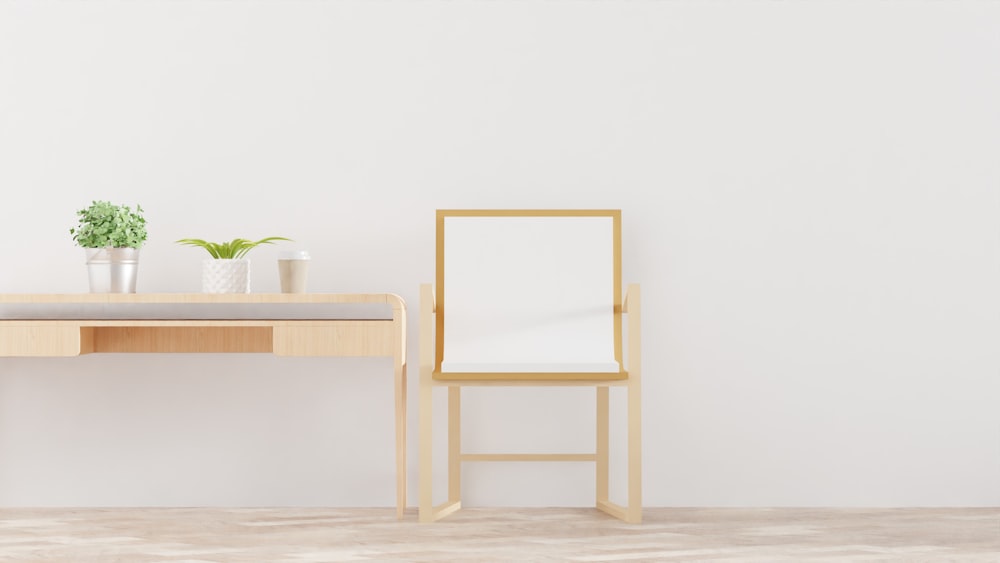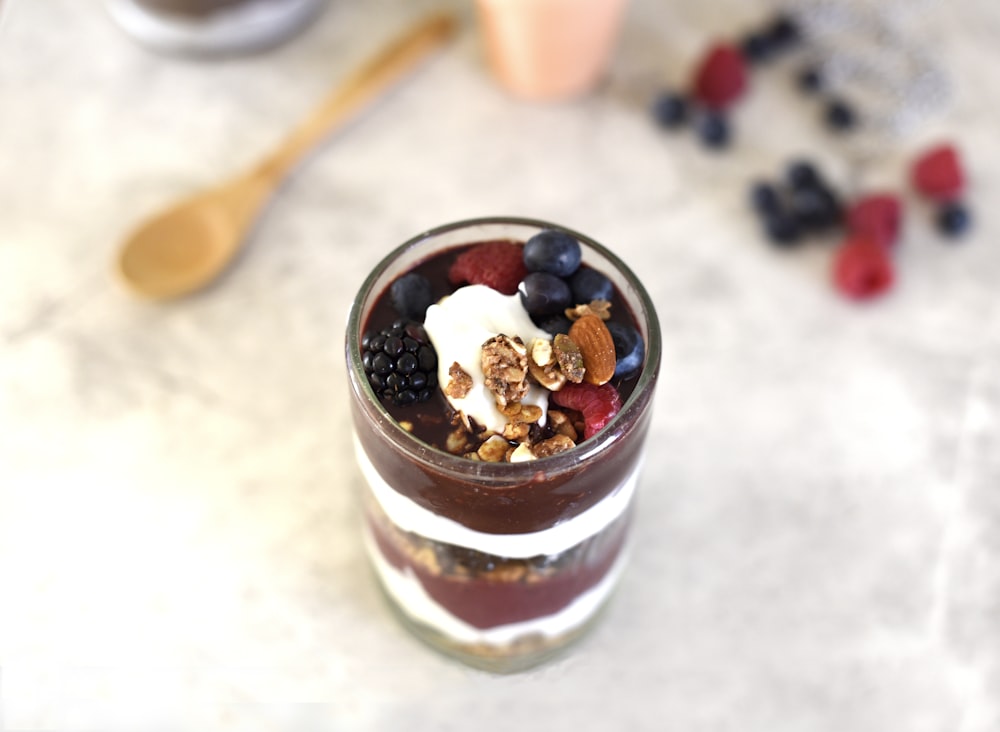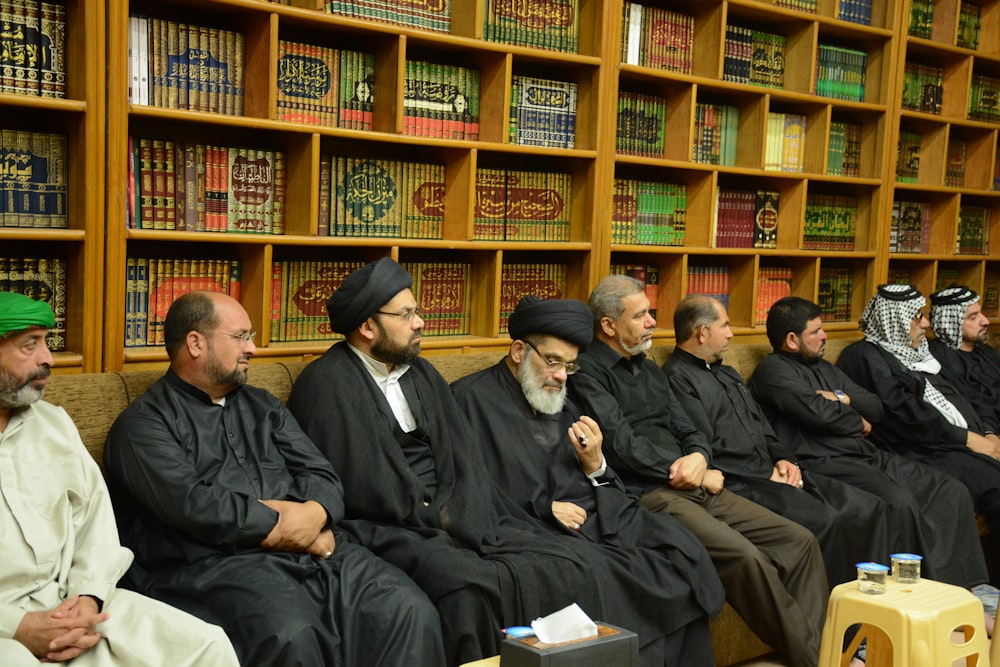Introduction:
In the realm of modern architecture, the quest for sustainable living has become paramount. With environmental concerns looming large, architects and designers are pioneering innovative solutions to create eco-friendly homes that not only reduce our carbon footprint but also embrace cutting-edge technology and contemporary design principles.
Pushing the Boundaries of Sustainable Living:
In the pursuit of eco-friendliness, today’s architects are pushing the boundaries of what’s possible. From utilizing renewable energy sources like solar and wind power to incorporating advanced insulation and passive heating techniques, modern homes are redefining the standards of sustainability. These innovations not only reduce energy consumption but also contribute to a healthier environment by minimizing greenhouse gas emissions.
Integrating Nature with Modernity:
One of the hallmarks of contemporary eco-friendly homes is their seamless integration with nature. Architects are increasingly incorporating biophilic design principles, which aim to connect inhabitants with the natural world. From large windows that provide ample natural light to green roofs and living walls that promote biodiversity, these homes blur the boundaries between indoor and outdoor spaces, fostering a sense of harmony with the environment.
Innovative Materials and Construction Techniques:
In addition to harnessing renewable energy and embracing nature-inspired design, modern homes are also utilizing innovative materials and construction techniques to minimize their environmental impact. From recycled and sustainable building materials to modular construction methods that reduce waste and construction time, these advancements are revolutionizing the way homes are built. Moreover, many architects are embracing the concept of adaptive reuse, transforming existing structures into energy-efficient dwellings rather than demolishing and rebuilding from scratch.
Smart Technology for Energy Efficiency:
The integration of smart technology is another key aspect of eco-friendly modern homes. From smart thermostats and lighting systems that optimize energy usage to home automation solutions that allow homeowners to monitor and control their energy consumption remotely, these technologies are empowering residents to live more sustainably. By providing real-time data and insights into energy usage patterns, smart technology not only reduces energy waste but also helps homeowners make informed decisions about their lifestyle habits.
Community and Collaborative Initiatives:
Beyond individual homes, there’s a growing emphasis on community and collaborative initiatives aimed at promoting sustainable living on a larger scale. From eco-villages and co-housing developments to shared resources and communal spaces, these projects encourage residents to come together and collectively reduce their environmental footprint. By fostering a sense of community and shared responsibility, these initiatives not only promote sustainability but also enhance the quality of life for residents.
Conclusion:
In conclusion, eco-friendly innovations are indeed leading the way in modern home design. From pushing the boundaries of sustainable living to integrating nature with modernity and embracing innovative technologies, today’s architects and designers are paving the path towards a more sustainable future. By prioritizing environmental stewardship and embracing a holistic approach to design, modern homes are not only reducing their impact on the planet but also redefining the way we live and interact with our surroundings. Read more about modern contemporary house design









